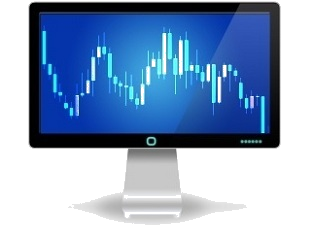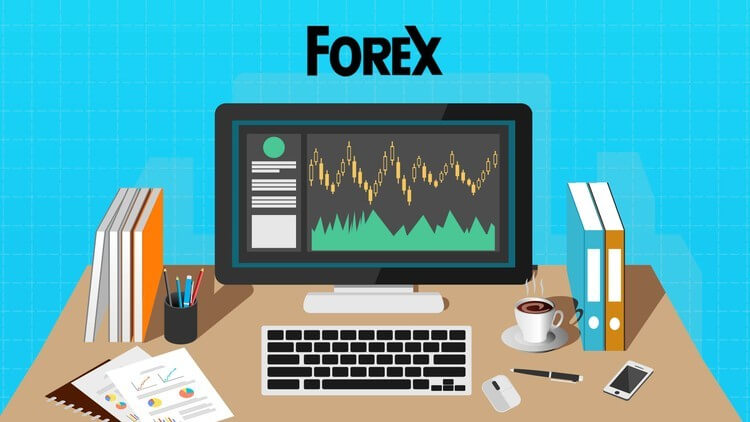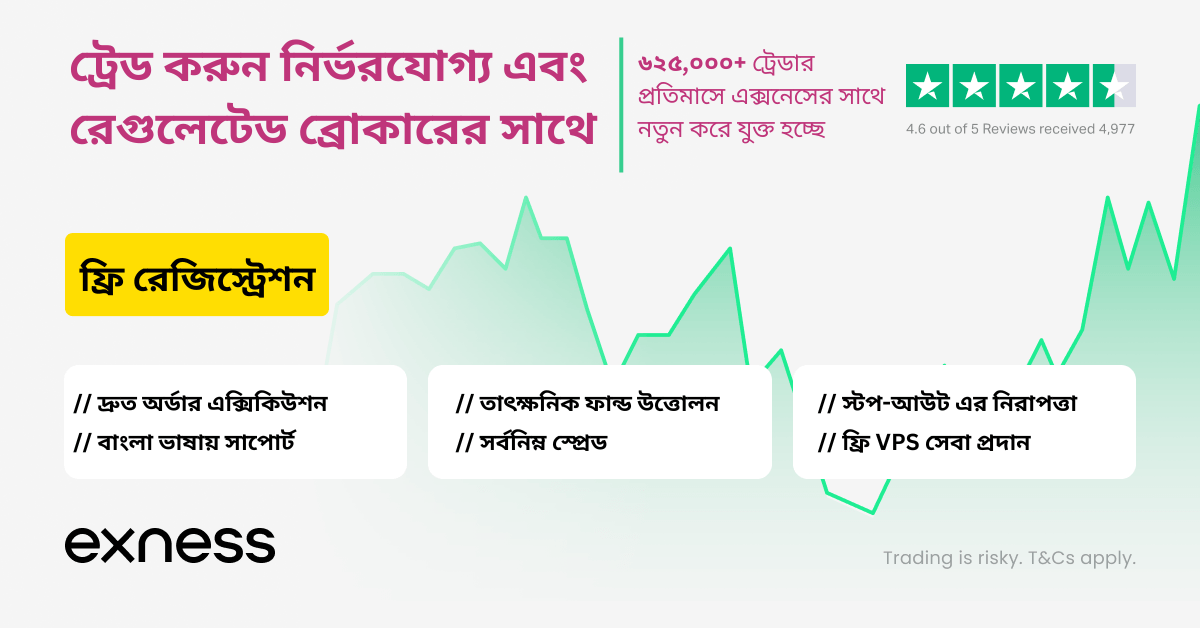It was another day of headline-driven volatility in the foreign-exchange market with the U.S. dollar crashing on the back of President Trump’s comments. In an interview on CNBC, he said the dollar is getting too strong because “people have confidence in me.” The market latched onto these words but we think his comment about U.S. rates and China’s currency manipulation are far more important. He removed uncertainty by confirming that the Treasury would not be labeling China a currency manipulator in an upcoming report because it would hurt talks on North Korea. Yet he also indicated that he likes a low interest-rate policy. Considering that the Treasury is “very close” to filling the open seats at the Fed according to Treasury Secretary Mnuchin, chances are he’ll be nominating doves, which is the only legitimate reason for the dollar’s low-volatility decline. It’s not the first time that President Trump criticized the strong dollar but when coupled with his plans to bring in more doves, it create the perfect catalyst for a late-day greenback slide. Not only did the move drive USD/JPY within a few pips of 109.00 but it also sent EUR/USD soaring to its strongest level in 4 trading days. Will these losses last? Probably not. While the dollar could extend lower with USD/JPY eyeing support at 108.70, the upcoming Easter holidays could encourage profit taking on short dollar positions. U.S. producer prices and jobless claims are scheduled for release on Thursday but rates and headlines will be the primary driver of dollar flows.
The commodity currencies have been on the move and will remain in play over the next 24 hours. Wednesday’s main focus was the Canadian dollar, which soared on the back of the Bank of Canada’s monetary policy announcement. As expected, the BoC left interest rates unchanged but its upgraded economic forecasts allowed investors to overlook crude oil’s slide. The central bank raised its 2017 GDP forecast to 2.6% from 2.1% and brought forward its forecast for closing the output gap to the first half of 2018. Although BoC downgraded its forecast for 2018 growth and expressed concern about wage growth, investment weakness and the labor market, investors interpreted the announcement to mean that the central bank is easing away from its bias to lower interest rates. In fact, Governor Poloz made it clear that a rate cut isn’t on the table at this time as “data has been much more positive on balance” and that “recent Toronto home price gains are unsustainable.” However at the same time, oil prices have fallen on rising inventories and talk that Saudi Arabia wants OPEC’s production-cut deal extended. Looking ahead, having fallen to a 1-month low, USD/CAD could test support at 1.32.
While the Australian dollar ended the day higher against the greenback and the New Zealand dollar ended the day unchanged with NZD outperforming AUD during the NY trading session. Both currencies benefitted from Trump’s comments but investors were reluctant to buy AUD ahead of Wednesday night’s employment report. We learned Tuesday night that consumer confidence declined in April, which is not a good sign. The Reserve Bank recently expressed caution about the labor market so while the PMIs reported a rise in jobs in the manufacturing sector, the decline in service-sector jobs could be a more accurate reflection of the country’s labor market. AUD/USD is struggling to rise back above the 100-day SMA and Wednesday night’s report will determine whether this resistance barrier breaks or holds. Chinese trade numbers were also scheduled for release and a rebound was expected after the unexpected shift from surplus to deficit in February during the Lunar New Year holidays.
Meanwhile, EUR/USD shot higher on the back of U.S. dollar weakness. Before Trump’s comments, the single currency spent most of the NY trading session under pressure as investors look to the upcoming French election. According to the 1st round Opinionway French election poll, Le Pen has a marginal lead over Macron. The recent acts of terror in the region make her anti-terrorism, anti-immigration stance more attractive and investors nervous. So while the EUR/USD traded sharply higher Wednesday, we think the gains won’t last as French election volatility dominates trading next week.
Sterling, on the other hand, was one of the day’s best-performing currencies. GBP/USD took out 1.25 and appears to be on its way to 1.26 thanks in part to stronger wage growth. As colleague Boris Schlossberg put it Wednesday morning,
Overall the UK labor data was mixed with ILO unemployment rate remaining steady at 4.7%, but claimant count numbers jumping to a high of 25.5K from -3K projected. Sterling, however, benefited from rise in average wages, which gained 2.2% versus 2.1% eyed. With markets highly concerned about the impact of inflation on consumer demand, today’s wage growth numbers came in as a relief that income continues to more or less keep pace with rise in prices. According to ONS There were 31.84 million people in work, 39,000 more than for September to November 2016 and 312,000 more than for a year earlier. The employment rate (the proportion of people aged from 16 to 64 who were in work) was 74.6%, the joint highest since comparable records began in 1971.
























































